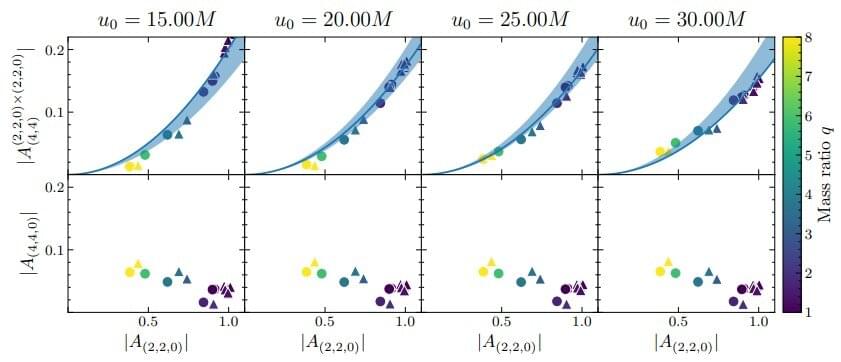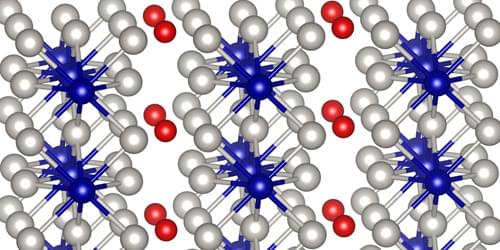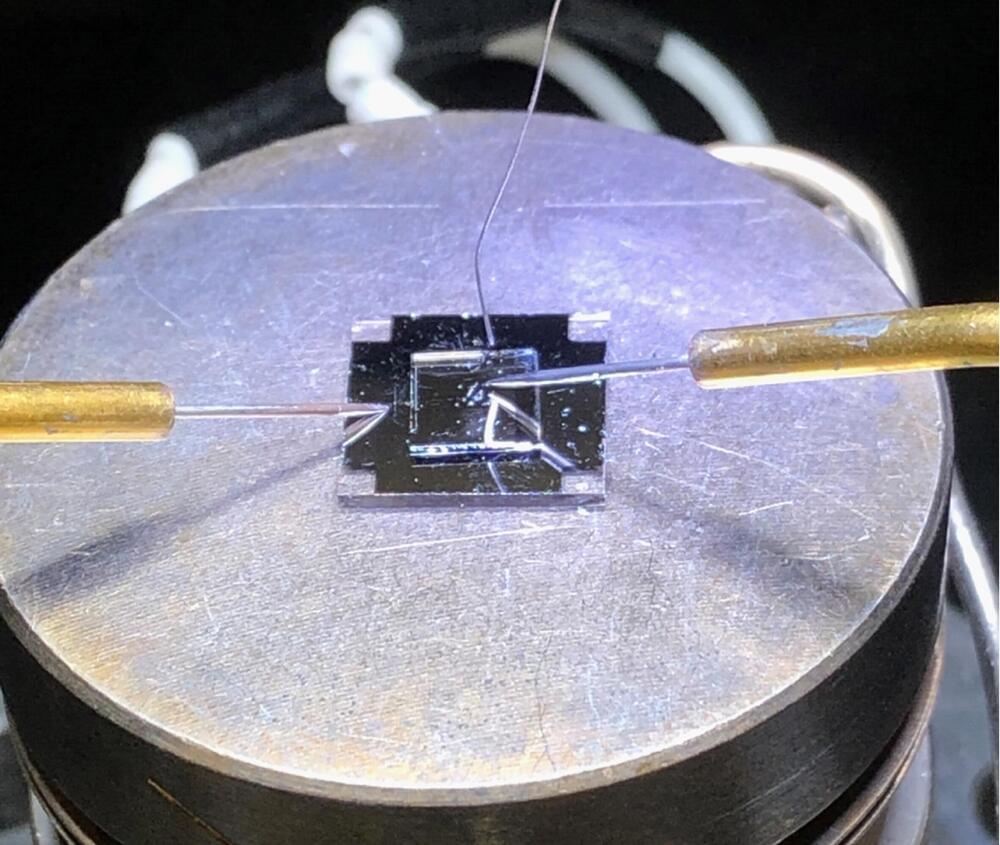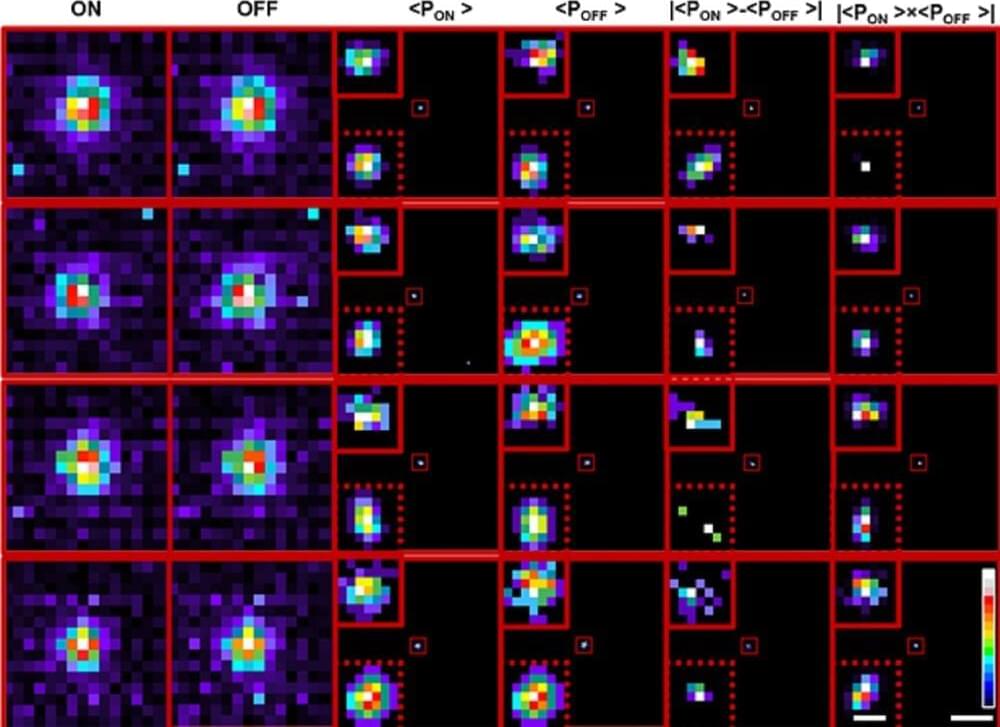CISA has updated its Known Exploited Vulnerabilities catalog with three new vulnerabilities that are currently being exploited.
An open source command-and-control (C2) framework known as Havoc is being adopted by threat actors as an alternative to other well-known legitimate toolkits like Cobalt Strike, Sliver, and Brute Ratel.
Cybersecurity firm Zscaler said it observed a new campaign in the beginning of January 2023 targeting an unnamed government organization that utilized Havoc.
“While C2 frameworks are prolific, the open-source Havoc framework is an advanced post-exploitation command-and-control framework capable of bypassing the most current and updated version of Windows 11 defender due to the implementation of advanced evasion techniques such as indirect syscalls and sleep obfuscation,” researchers Niraj Shivtarkar and Niraj Shivtarkar said.
Two decades of monitoring from W. M. Keck Observatory on Mauna Kea in Hawaiʻi reveals a peculiar cloud dubbed X7 being pulled apart as it accelerates toward the supermassive black hole at the center of our Milky Way galaxy.
Astronomers from the UCLA Galactic Center Orbits Initiative (GCOI) and Keck Observatory have been tracking the evolution of this dusty gas filament since 2002; high-angular resolution near-infrared images captured with Keck Observatory’s powerful adaptive optics system show X7 has become so elongated that it now has a length of 3,000 times the distance between the Earth and sun (or 3,000 astronomical units).
The study is published in today’s issue of The Astrophysical Journal.
When two black holes collide into each other to form a new bigger black hole, they violently roil spacetime around them, sending ripples, called gravitational waves, outward in all directions. Previous studies of black hole collisions modeled the behavior of the gravitational waves using what is known as linear math, which means that the gravitational waves rippling outward did not influence, or interact, with each other. Now, a new analysis has modeled the same collisions in more detail and revealed so-called nonlinear effects.
“Nonlinear effects are what happens when waves on the beach crest and crash,” says Keefe Mitman, a Caltech graduate student who works with Saul Teukolsky (Ph. D. ‘74), the Robinson Professor of Theoretical Astrophysics at Caltech with a joint appointment at Cornell University.
“The waves interact and influence each other rather than ride along by themselves. With something as violent as a black hole merger, we expected these effects but had not seen them in our models until now. New methods for extracting the waveforms from our simulations have made it possible to see the nonlinearities.”
Data captured from seismic waves caused by earthquakes has shed new light on the deepest parts of Earth’s inner core, according to seismologists from The Australian National University (ANU).
By measuring the different speeds at which these waves penetrate and pass through the Earth’s inner core, the researchers believe they’ve documented evidence of a distinct layer inside Earth known as the innermost inner core—a solid “metallic ball” that sits within the center of the inner core.
Not long ago it was thought Earth’s structure was comprised of four distinct layers: the crust, the mantle, the outer core and the inner core. The findings, published in Nature Communications, confirm there is a fifth layer.
A novel crystalline material is readily grown from low-melting-temperature mixtures—a result that points toward a new route to above-room-temperature ferromagnets.
Two groups demonstrate innovative ways to capture the ultrafast motion of electrons in atoms and molecules.
Electrons move so quickly inside of atoms and molecules that they are challenging to “capture on film” without blurring the images. One way to take fast snapshots is to ionize an atom or molecule and then use the released electrons as probes of the cloud out of which they originate. Now Gabriel Stewart at Wayne State University in Michigan and colleagues [1] and Antoine Camper at the University of Oslo in Norway and colleagues [2] have improved this “self-probing” technique. The demonstrations could lead to a better understanding of the electron motion that underpins many fundamental processes.
Scientists need to complete three key tasks to measure the evolution of an electron cloud that moves and changes on an ultrafast timescale. The first is to exactly record the beginning of the evolution—analogous to pressing “start” on a mechanical stopwatch. The second is to track how much time has gone by since the starting event—analogous to precisely measuring the ticking of the stopwatch’s second hand. And the third is to take a quick snapshot of the electron cloud so that it looks frozen in time.
When forming an image of an object, such as a photograph taken by a cell phone, light that has interacted with the object and either passed through or bounced off it is captured by the detector in the phone.
Some 25 years ago, scientists devised another, less direct way to do this. In the conventional form, information gathered from two detectors are instead used, by combining information from one capturing the light that has interacted with the object and one that has not interacted with the object at all. It is the light that has never interacted with the object that is used to obtain the image, though, resulting the technique taking on the name “ghost imaging.”
When entangled light is used, the quantum properties can be exploited to do this at very low light levels which can be a large advantage when looking at light-sensitive samples in biological imaging where too much light can damage or change the sample and thus destroying what one wishes to look at—this being quite a conundrum in the field.
In modern electronics, a large amount of heat is produced as waste during usage—this is why devices such as laptops and mobile phones become warm during use, and require cooling solutions. In the last decade, the concept of managing this heat using electricity has been tested, leading to the development of electrochemical thermal transistors—devices that can be used to control heat flow with electrical signals.
Currently, liquid-state thermal transistors are in use, but have critical limitations: chiefly, any leakage causes the device to stop working.
A research team at Hokkaido University lead by Professor Hiromichi Ohta at the Research Institute for Electronic science has developed the first solid-state electrochemical thermal transistor. Their invention, described in the journal Advanced Functional Materials, is much more stable than and just as effective as current liquid-state thermal transistors.
In a new study, researchers at the Indian Institute of Science (IISc) show how a brain-inspired image sensor can go beyond the diffraction limit of light to detect miniscule objects such as cellular components or nanoparticles invisible to current microscopes. Their novel technique, which combines optical microscopy with a neuromorphic camera and machine learning algorithms, presents a major step forward in pinpointing objects smaller than 50 nanometers in size. The results are published in Nature Nanotechnology.
Since the invention of optical microscopes, scientists have strived to surpass a barrier called the diffraction limit, which means that the microscope cannot distinguish between two objects if they are smaller than a certain size (typically 200–300 nanometers).
Their efforts have largely focused on either modifying the molecules being imaged, or developing better illumination strategies—some of which led to the 2014 Nobel Prize in Chemistry. “But very few have actually tried to use the detector itself to try and surpass this detection limit,” says Deepak Nair, Associate Professor at the Center for Neuroscience (CNS), IISc, and corresponding author of the study.








